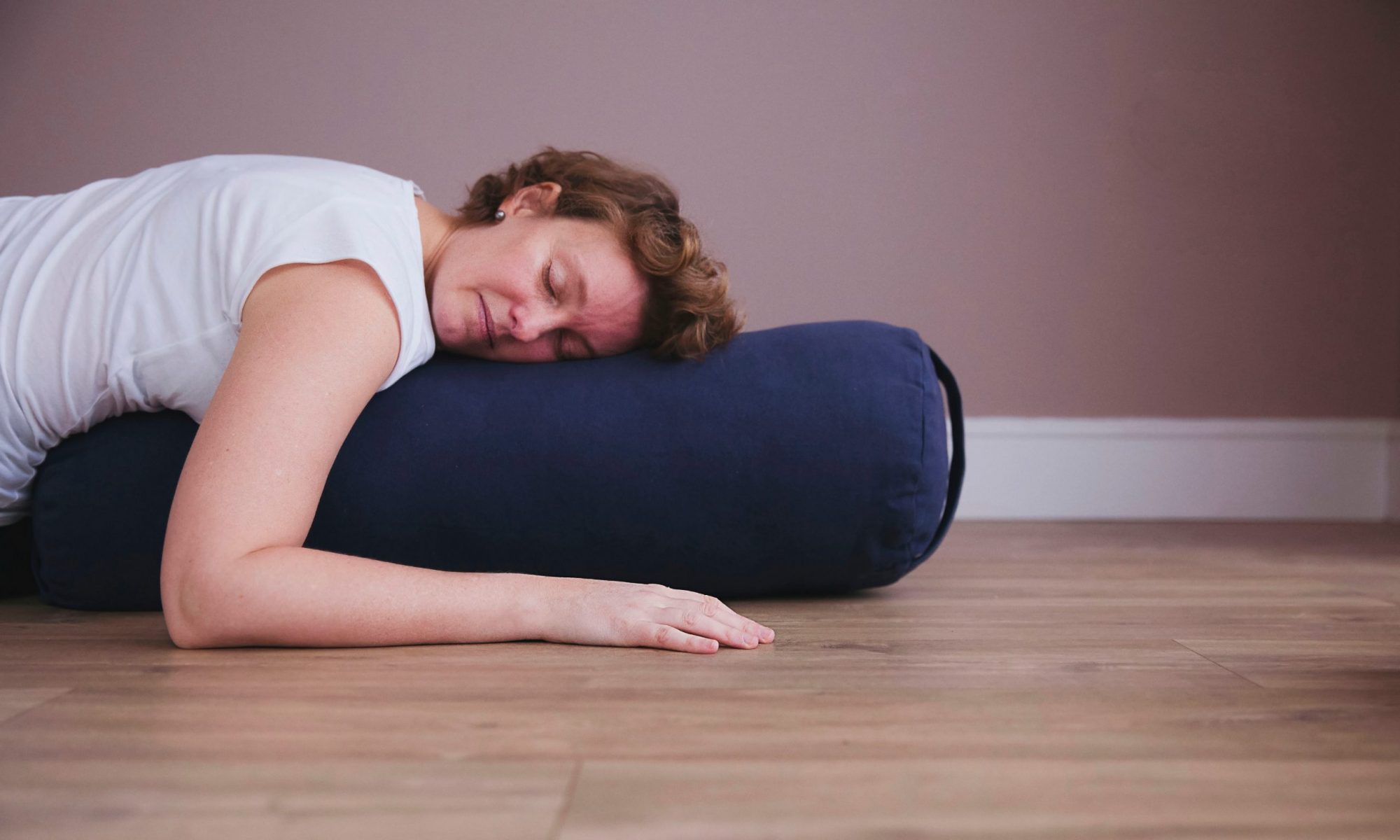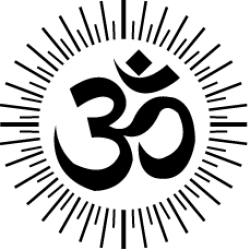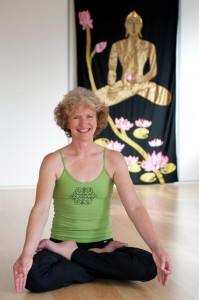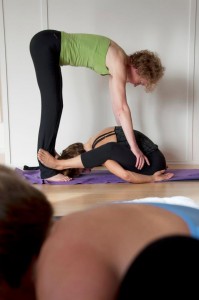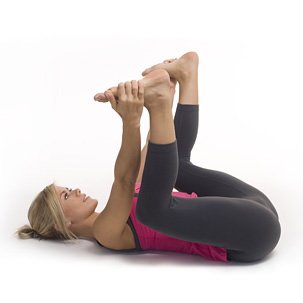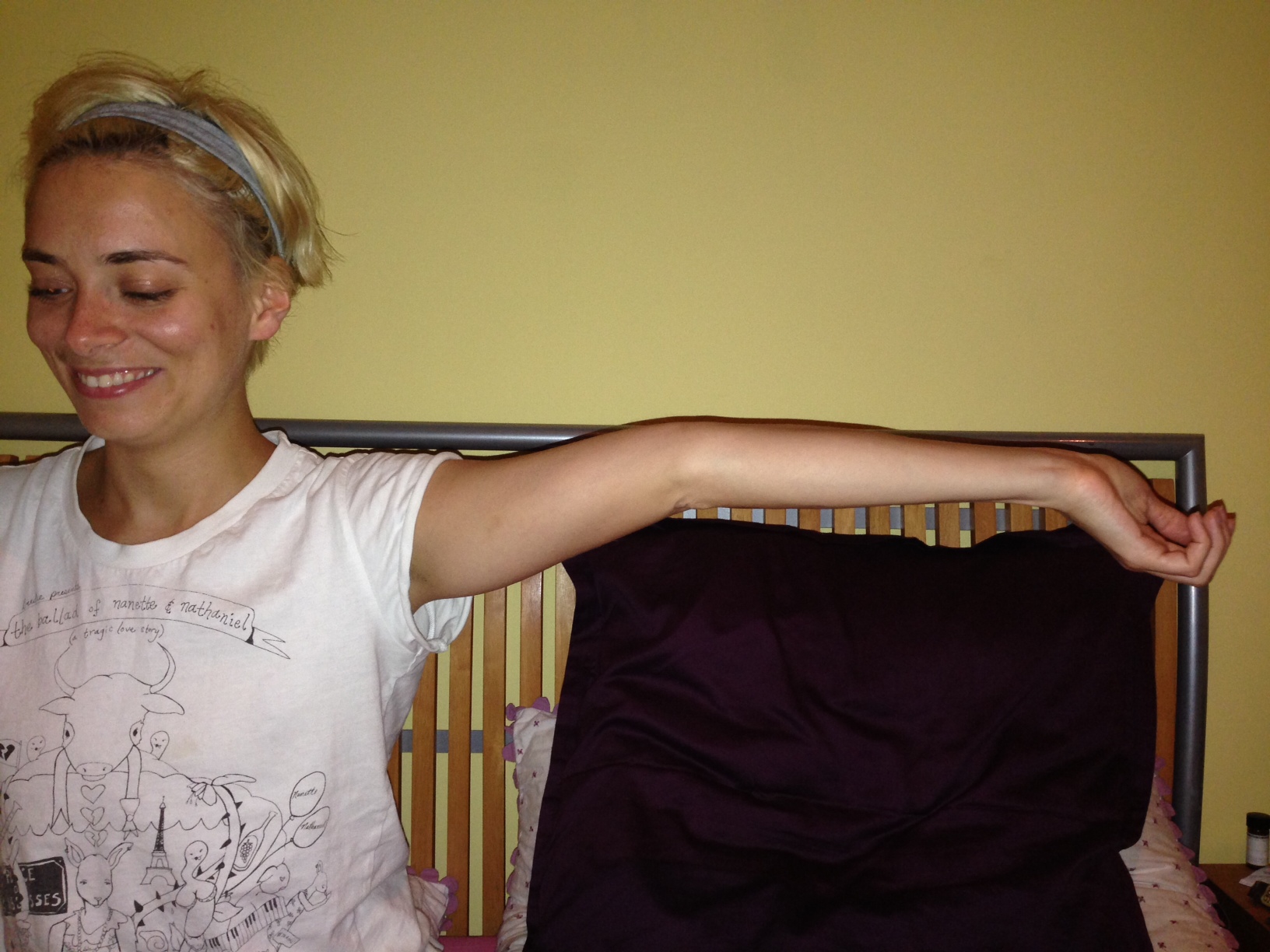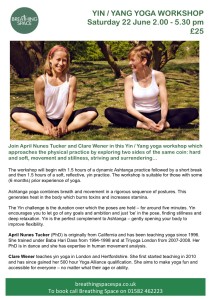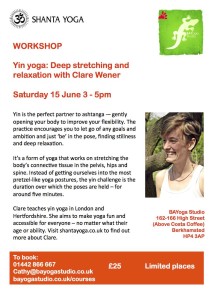I was talking to a neighbour this week about how I’d cried on my mat that morning. “You’re so not selling yoga to me,” she replied.
I’ve just done a week of Ashtanga Mysore practice with Lucy Crawford at BAYoga in Berkhamsted. Since giving birth to Jacob almost seven months ago, I’ve managed to get to a handful of Mysore classes. My home practice has mostly involved soft bolsters and cosy blankets.
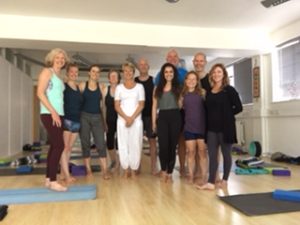
Lucy was wonderful as always. She talked a lot about coming into relationship and how to live and practice according to the yamas – the yogic principles for right living or ‘observances’.
This resonated deeply. I have a new body and I don’t recognise it. Looking after a baby takes its toll physically, let alone coming to terms with the physiological changes that happen during pregnancy and breastfeeding. My rib cage has expanded outwards in all directions, my shoulders and hips are broader. I’ve lost a lot of strength and a friend called my breastfeeding boobs “magnificent” the other day. I’m doing my pelvic floor exercises as I type this.
Lucy talked about ‘sukha’ or joy. Was I able to find joy in my practice? The first three days felt distinctly lacking. It was all an effort – sorting childcare drop-offs and pick-ups, getting to Berko for a 9am start… and then I had to do sun salutations?!
She spoke on ‘satya’, the yama relating to honesty. I feel really tired at the moment so why push it? As a result, my Monday practice was surya namaskars and standing poses followed by some yummy restorative poses. Lucy: “Right Clare, this is what we’re going to do with you. Let’s put this bolster here…”
And can we let go of the grasping – the yama ‘aparigraha’? The wanting: wanting to be ‘better’, wanting the pre-pregnancy practice. Lucy spoke about when Guruji would give her a new pose, she’d feel anything but excited (“Ugh, not another one!”). She said she’d much rather hang out in restorative poses although she knows her body needs to move. I can relate to this.
On Wednesday morning the tears came even before my first surya namaskar A. Steamy tears falling silently down my face during our breathing practice. More tears after attempting purvottanasana – feeling like I’d left my cervix on the mat as I lifted my hips up. “You’re very wobbly around that whole area,” said Lucy with loving eyes and a gentle smile. “That’s to be expected. Give it time.” The yama ‘ahimsa’ has various translations including non-violence and non-harming. Essentially it’s about being kind – to ourselves and others.
I was trying to explain the tears to my neighbour. I said about how we move and breathe in the poses. The emotions we’ve been holding in our bodies are released. It’s almost like a wringing out of all the stuff we’re carrying around. It’s cathartic. There’s no hiding on your mat. Everything comes out. It’s very positive.
My yin teacher Norman is fond of saying “shift happens”. And it certainly did for me. After Wednesday’s tears, I found my rhythm. There was a lightness, I had more energy both during and after practice and I was smiling more (sukha).
I had come into relationship with myself. I found ‘me’ again. My body is more open and I am less creaky. My thoracic no longer feels stuck. My jaw has softened. There’s a spring in my step. I feel stronger picking Jacob up and my happiness makes him happy. This body is slowly recovering.
I have so much gratitude for this practice. I bloody love yoga.
Two more yin workshops in 2017 before I go away on a little adventure:
Sat 2 Sept at BAYoga, Berkhamsted: info
Sat 9 Sept at The Studio, Mid Herts Golf Club, Wheathampstead: info
I’ll be back teaching regularly from January 2018.
